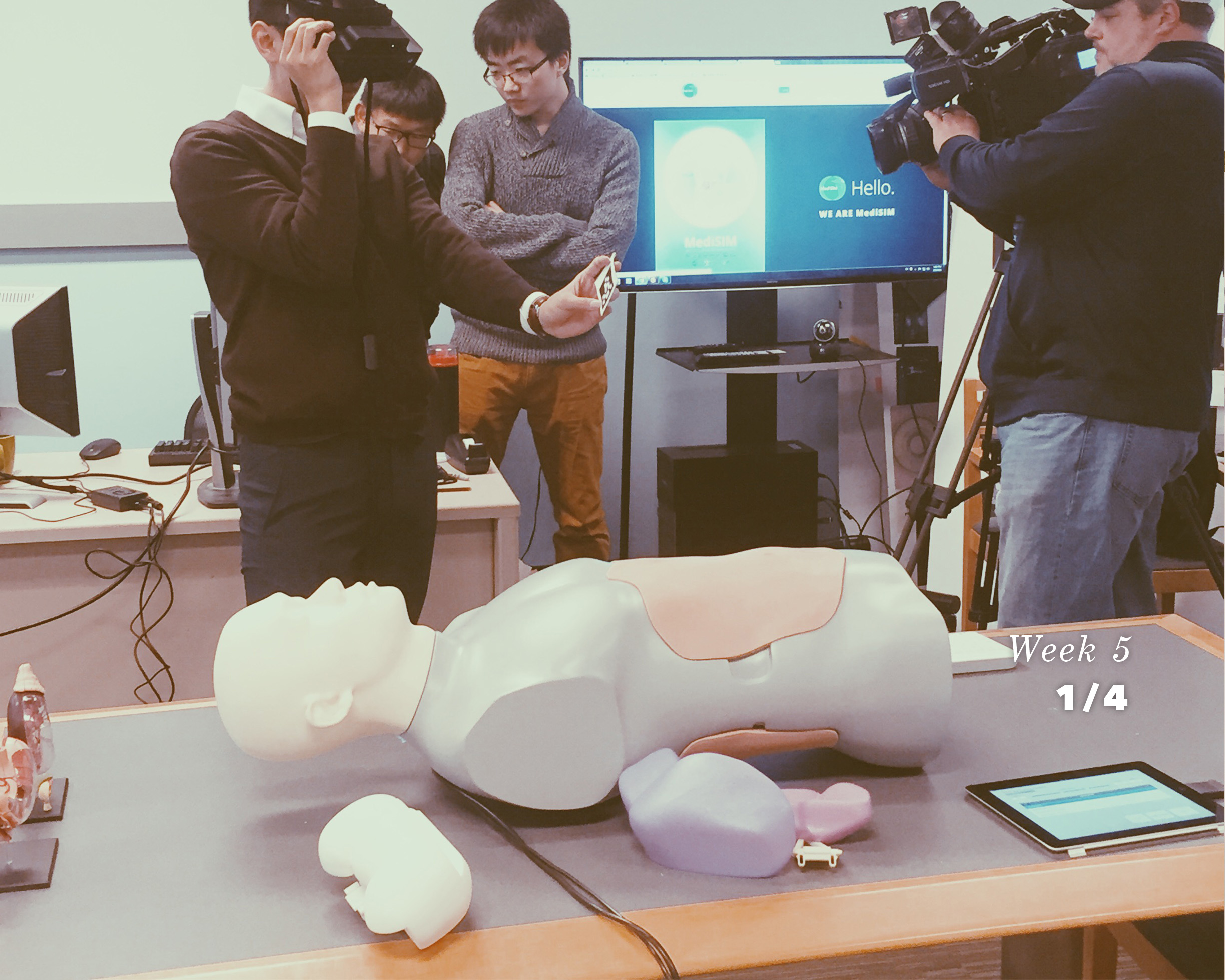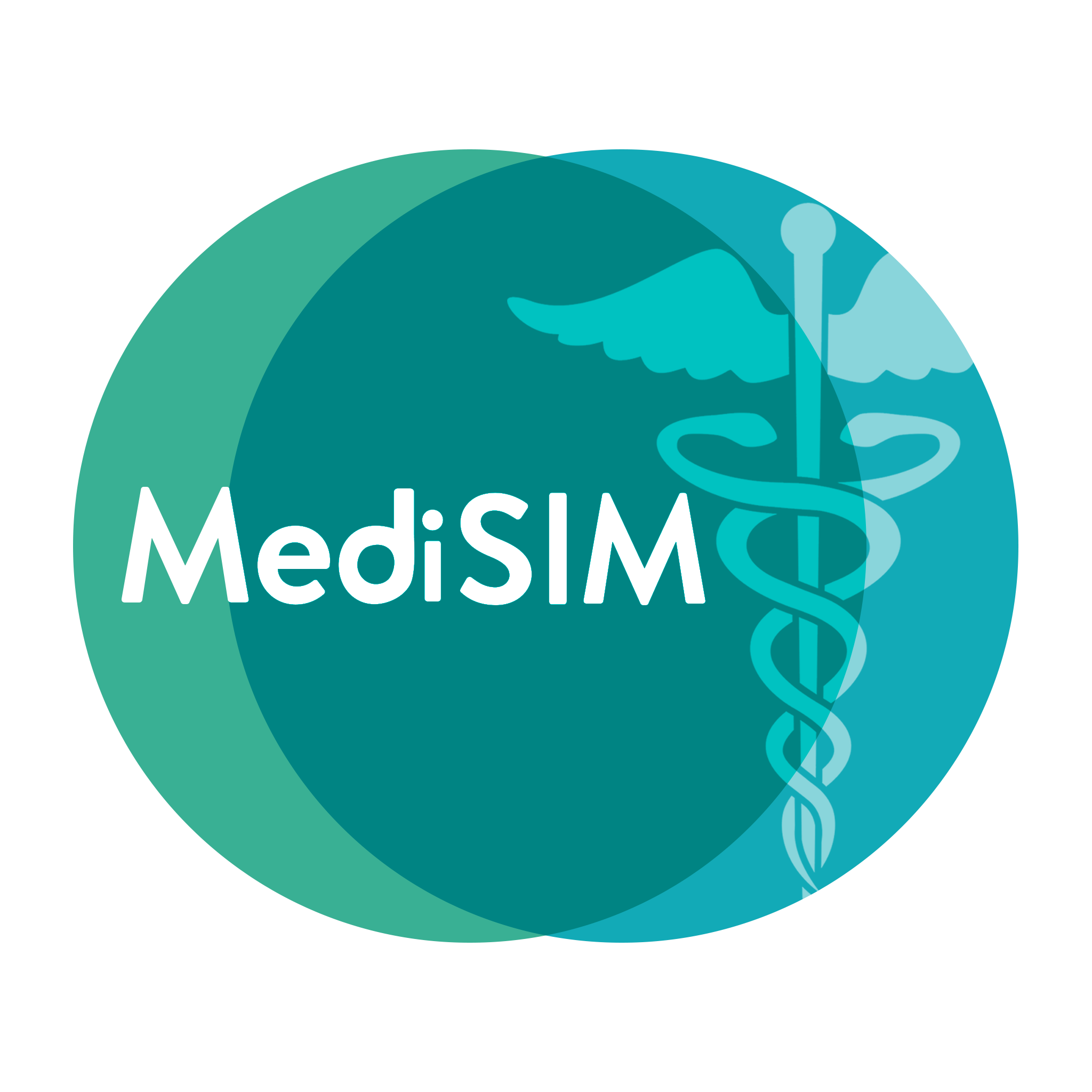Dev Blog – Week 5

This week is time for 1/4 walk-around and 1/4 sit-down.
On Tuesday, a reporter came to the team, tried the current demo and interviewed the instructor. They then had a discussion about the project in general which leads to a deeper discussion about the unique value brought to the project by Augmented Reality.
Abdominal examination is not limited to exam the abdomen. It also consists the examination of the eyes, tongues, skins, arms, nails and many other parts of the patient. And it is very hard and expensive to physically make different “modules” for all the symptoms. But with Augmented Reality, it is much easier to simulate all the symptoms digitally and it will take less time to make new scenarios and new “modules”.
The teacher will also be able to explain the performance of a student to other students as they also have the view of the student who is doing the examination.
On Wednesday, all the faculties came to the project room and the team presented the current progress of the project as well as the biggest challenges and risks. Most of the faculty understand the idea behind Augmented Reality and Medical Simulation and some of them have several concerns.
- The team said they’ve built abstraction layers when make function calls so that it can be easily transferred to HoloLens. But some faculties still concerns that the team won’t have enough time to do the migration and the optimization for rendering, like texture size, mesh polygon count and etc.
- The team already made internal organ models based online reference but the client want them to be more realistic which is very hard to model. Some faculties gave advice on using Physically Based Rendering and have a more detailed discussion on Friday.
- The team mentioned it would be hard to conduct playtest as the demographics are medical students and teachers. Some of the faculties said they have some potential resource the team could utilize.
Overall, 1/4 walk-around and 1/4 sit-downs work pretty smooth and well.
